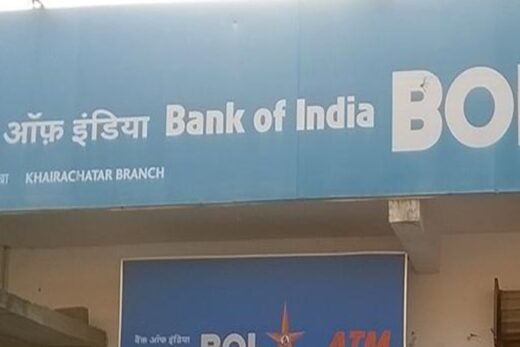The global rating company however projected a fall in gross NPA for the entire banking industry to 9% by March 2023 from 9.4% at the end of March 2021 as the rise in credit growth would offset the fresh bad loan addition.
India’s second coronavirus wave is increasing asset risks for banks, but the country’s economic recovery, a tightening of loan underwriting criteria and continued government support will prevent a sharp spike in problem loans, it observed.
“A severe deterioration of banks’ asset quality is unlikely, despite an expected rise in new loan impairments particularly among individuals and small businesses that were hit hardest by the virus outbreak,” said Alka Anbarasu, vice president and senior credit officer at the rating company.
“Government initiatives like the emergency credit linked guarantee scheme have been effective in providing immediate liquidity for businesses,” she said.
The second wave will mostly lead to new problem loans in the retail and SME segments.
Accommodative interest rates and loan restructuring schemes will continue to mitigate asset risks. Moody’s said the coronavirus resurgence would delay but not derail the improvements in banks’ balance sheets that had begun before the pandemic.
Moody’s said that the banks rated by it have stronger loss-absorbing buffers, which would help them withstand the asset quality decline and maintain their credit strength. Banks had reinforced these buffers in the past year through increases in capital, loan-loss reserves and profitability.
Since 2020, rated banks across the public and private sectors have raised about Rs 64000 crore in equity capital from the market, boosting their average common equity tier 1 ratios by about 150 basis points. Banks’ loan-loss reserves relative to problem loans have increased in the past three years because their provisions have grown faster than new problem loans.
“This will give banks sufficient cushions against loan losses that will result from the current outbreak of the coronavirus,” Moody’s said.



